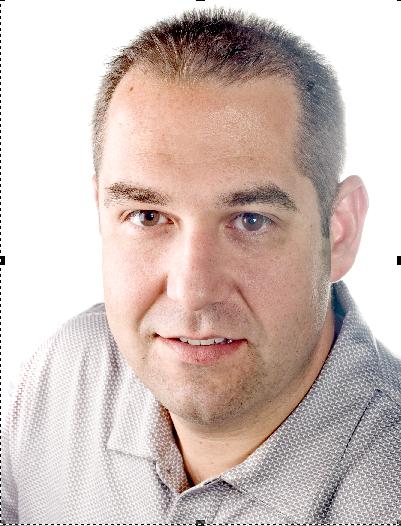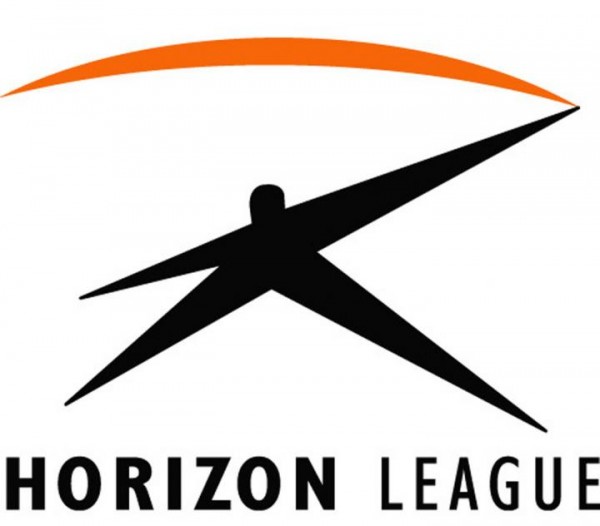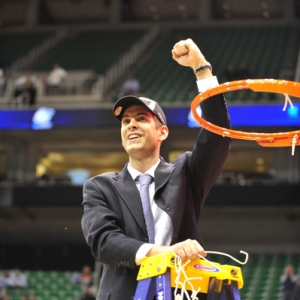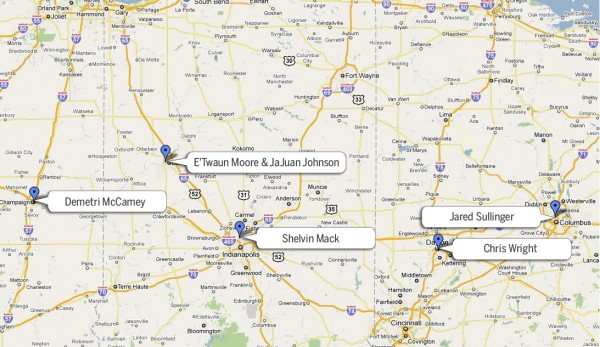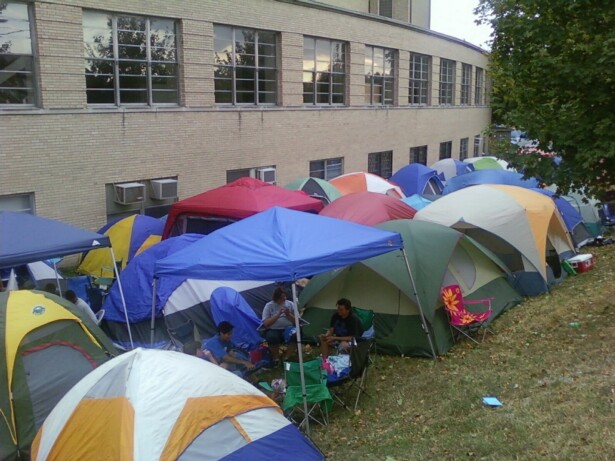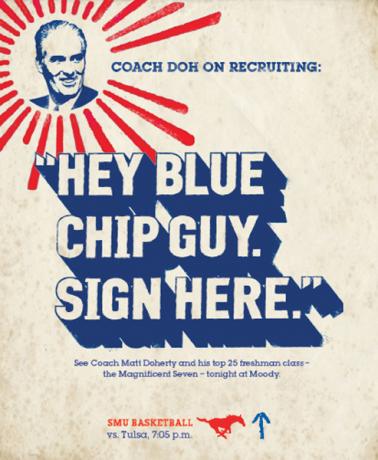The RTC Interview Series: One on One with Dave Telep
Posted by rtmsf on October 29th, 2010Rush The Court is back with another edition of One on One: An Interview Series, which we will bring you periodically throughout the year. If you have any specific interview requests or want us to interview you, shoot us an email at rushthecourt@yahoo.com.
Scouting high school basketball players is a task that probably ranks just above weather prediction and winning trifectas at the track in terms of its certainty, but there are several folks out there who are among the best in the profession. Dave Telep, former National Recruiting Director for Scout.com and current Senior Basketball Recruiting Analyst for ESPN, is one of those guys. As a young college graduate in the mid-90s, he helped launch PrepStars before quickly rising up the ladder and developing his name at both Rivals and Scout, two of the pre-eminent recruiting services in existence today. In the intervening decade, Telep built a sterling reputation for his workhorse approach to scouting, going from game to game in state after state to see players with his own eyes so as to fairly evaluate them. He also founded Dave Telep’s Carolina Challenge in 2007, a one-day camp for 80 hand-picked North Carolina high school players in who want to learn what it takes to become a top college basketball player. Some of the recruits who have attended this camp have been Duke’s Mason Plumlee and former Kentucky star John Wall. The recruiting aficianado was in fact driving to a game in Virginia at the time of this interview — he never stops moving when there are players to be evaluated. You can find Telep on both Facebook and Twitter — we’d recommend you friend/follow him to stay on top of all of the latest recruiting and scouting news.
Rush the Court: Let’s start with the most newsworthy item in your life right now, the move from Scout.com to ESPN. Can you tell us a little bit about how this all came about and what the plan is for the immediate future there?
Dave Telep: Yeah, you know, I could not be more thankful and more grateful for the nine years I spent with Scout.com and Fox. My contract came up for renewal this summer and ESPN presented a really unique opportunity to do some things in the recruiting world on a bunch of different media platforms. It’s something where, to be honest, I’ve always wanted to work for ESPN. When I realized that I wasn’t going to be a professional athlete around the age of twelve, I realized one of the things I wanted to do with my life was to eventually work for ESPN. It’s really been a fun time for me and my family, and we’re having a great time with it. We have such a really neat team of guys there from the scouts to the guys who operate the database, that it’s really exciting to have so much support of a bunch of guys who are really woven into the fabric of college basketball. It’s awesome!
RTC: To many in this business, getting the call from ESPN is a dream come true. Is this the Dave Telep equivalent of seeing your name at the top of a recruiting list?
DT: The cool thing for me as the father of two boys is that I can someday look at those guys and say “if there’s something in your life that you really want to do, and you have the ability to, through hard work and luck and people helping you out, you can make that happen.” That’s been the neat thing for me with ESPN so far, just sharing and talking about it with my parents. You set these goals when you’re younger, and to see one of them come to fruition on a personal level is really cool. It’s not just a job for me. This is something I’ve always kinda had my eye on. I never knew what I would ever do at ESPN someday; I just knew that I always wanted to be around people who were excellent in their field. I knew from a young age that I would love to do that someday. This is definitely a dream come true for me.
RTC: Let’s move into some scouting questions. Everyone has predictions from their career they’re proud of and a few they’re not quite as ready to shout from the hilltops. What are some of your most notable ones both ways?
DT: Great question. I was very excited the first time I saw Chris Paul, and I was happy to be one of the first people who spearheaded that charge. That worked out really well for me. You know, recently a couple of years ago we had DeJuan Blair in the top twenty, and the reason why I ranked Blair in the top twenty was because six or seven years before that I totally whiffed on Emeka Okafor by ranking him in the 80s. I was bound and determined that if a guy averaged as many rebounds as Blair did to not make the same mistake that we made with Okafor. I screwed up with Okafor but I’d like to think I learned something from it. Some others — I’ll never forget the day I saw Adam Morrison go for 30+ in a packed gym in Las Vegas, and I totally whiffed on that one. I learned a lot from the evaluation of Stephen Curry. I watched him all through high school. I evaluated him as a low-major player, a mid-major player, and at the end of his HS career, I rated him the highest level mid-major player possible. But if I could have stuck him into the top 100, that would probably be one of my bigger regrets in not doing so. My real job is to learn from all these mistakes and try to avoid them [in the future]. You see a situation like Emeka Okafor – he averaged 18-19 RPG in high school – that is a freaky number, to be frank. Then to see Blair come around and be that same kind of a rebounding force… they’re two different players, but although we screwed up Okafor it taught me a little more on the back end with Blair. When you see a guy with such a freakish skill set and such a knack for doing something extraordinary, your radar definitely goes up.
RTC: You’ve talked in the past about ‘balancing potential with production’ when evaluating prospects. Which is harder – figuring out where a prospect can top out or figuring out where he will top out?






























